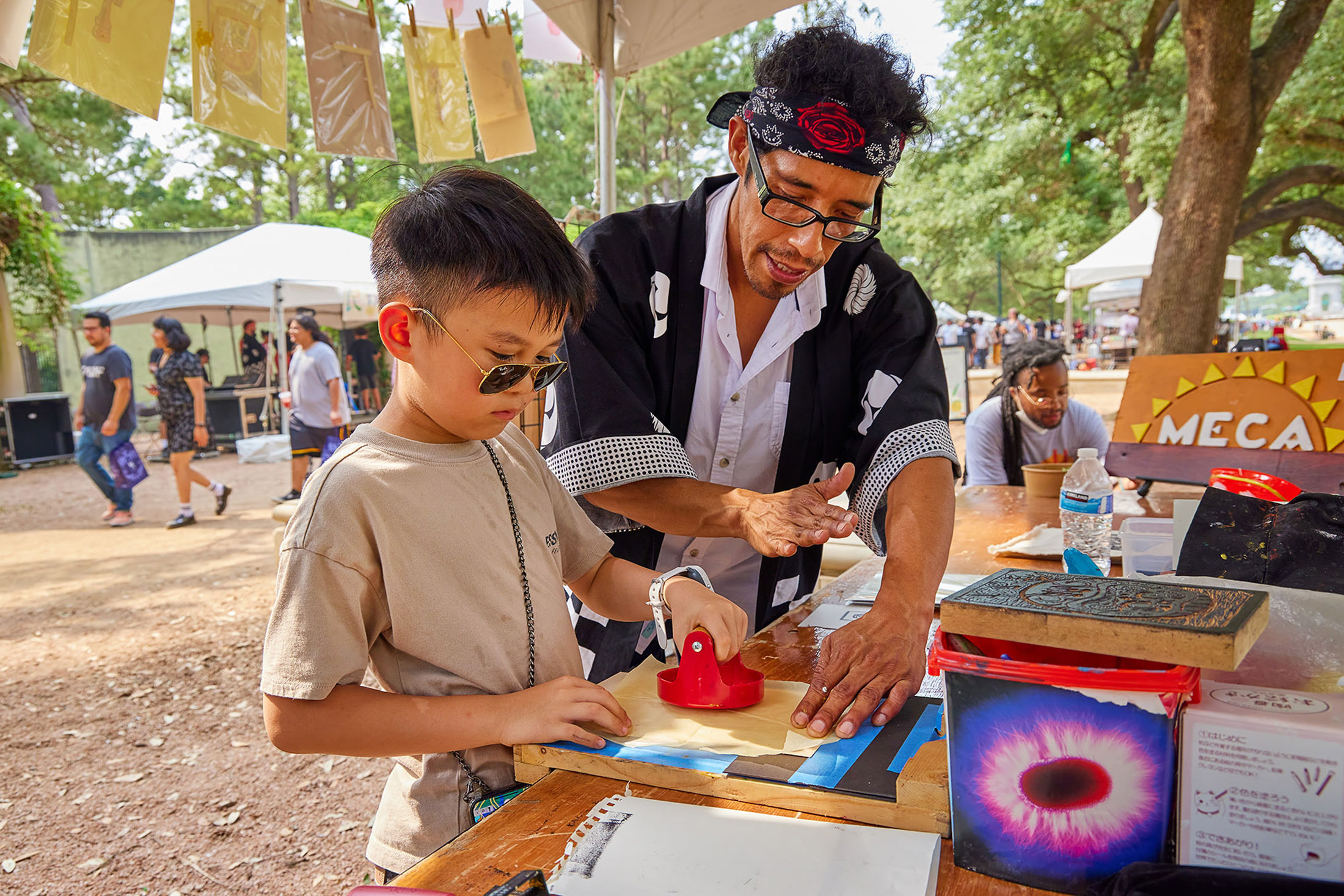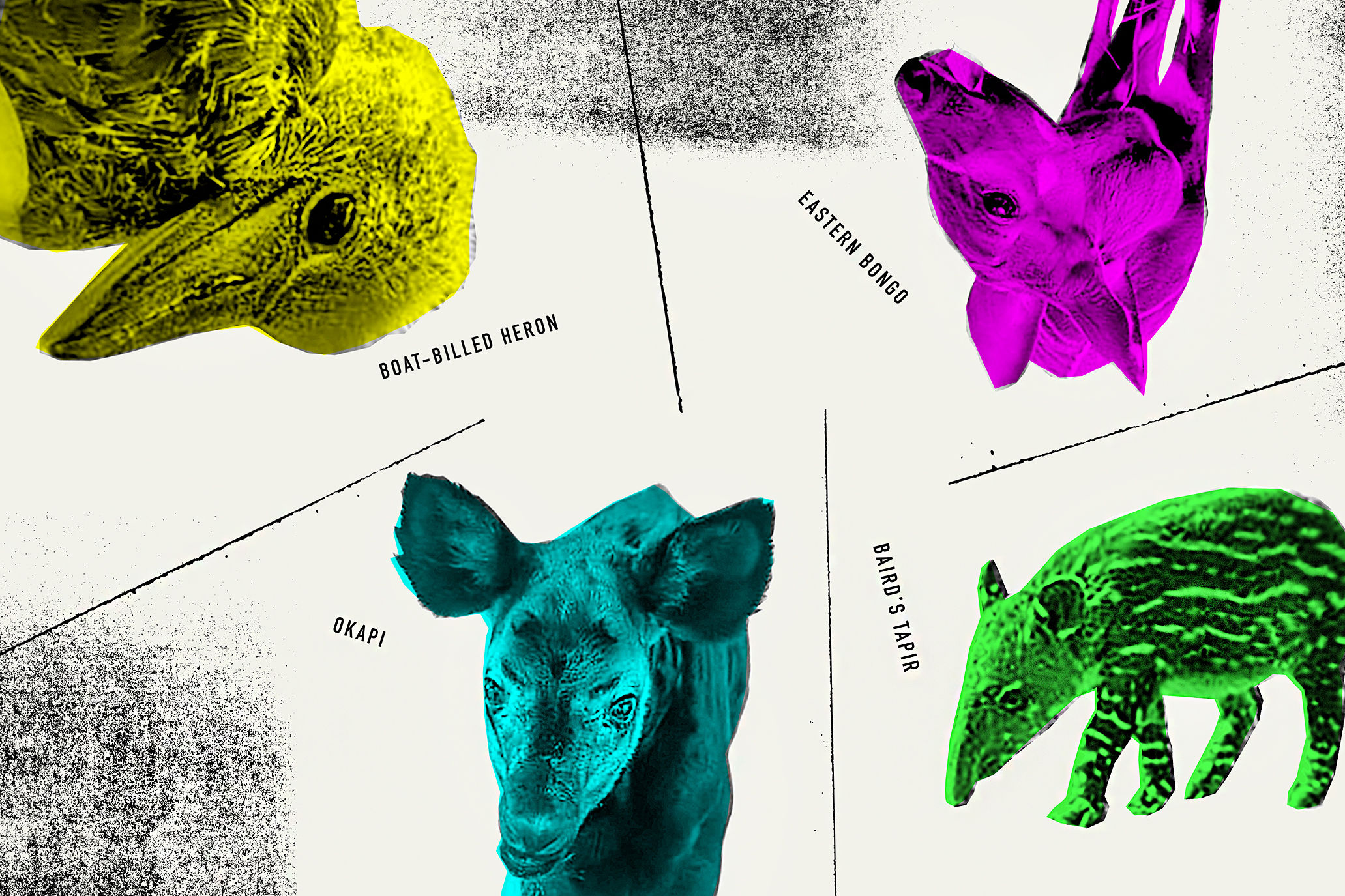The Sounds of Hispanic Houston
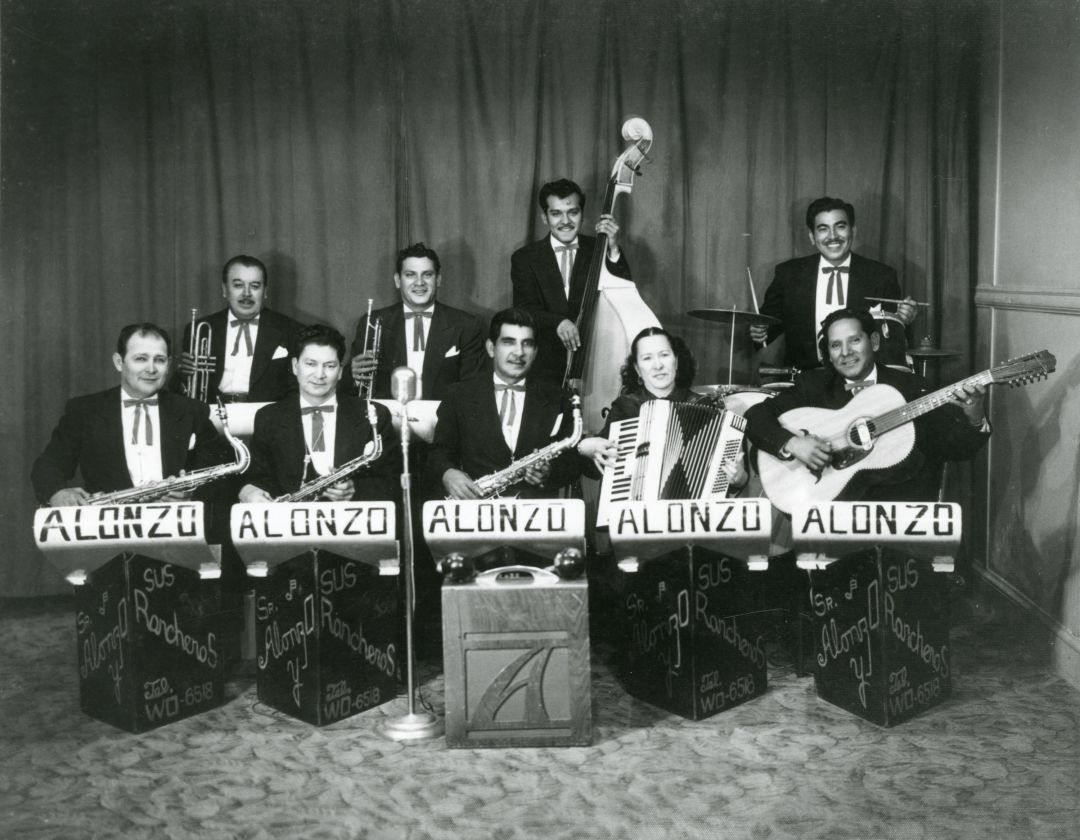
Alonzo y sus Rancheros
In the 1960s and ‘70s, the Pan-America Ballroom was an essential social venue for Houston’s Mexican American community. On any given weekend, people from Magnolia Park, Northside, and the Sixth and Second Wards would meet at the dance hall, filling it to capacity.
That legacy is just one of many aspects of the Bayou City’s Latinx musical history highlighted in a new exhibit at Houston Public Library’s Julia Ideson Building. Titled ¡Musica! A History of Hispanic Sounds In Houston, it includes more than 60 items, taken from the Houston Metropolitan Research Center’s extensive collection of archive materials, including concert posters, photos, handwritten sheet music, and even records and cassette tapes. There are also objects on loan from some of Houston most prominent Hispanic musical families.
“There’s a tendency to put [Hispanic culture] in a box,” says HMRC’s Hispanic Collection Archivist Mikaela Selley, who curated the exhibit. “The idea is to show that we’ve played a role in every genre.”
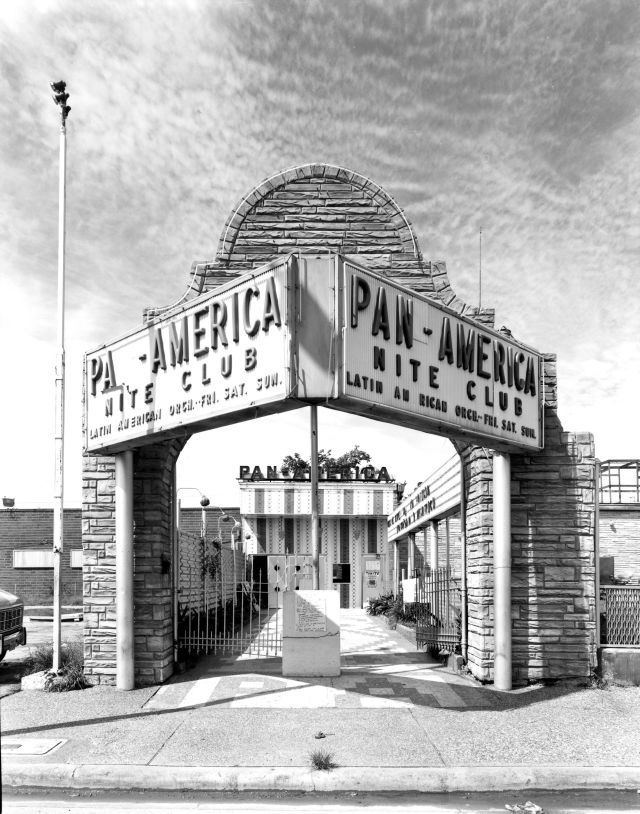
The exhibit is organized by musical style and loosely by time, which was a challenge for Selley, since many musicians worked for several decades—and some continue to perform. Genre boundaries can also be complicated. “Just like there’s not one Latino experience, there’s not one genre or instrument that defines Latino music,” she explains.
The exhibit originated from a meeting regarding plans to commission a statue honoring singer and guitarist Norma Zenteno, who died of breast cancer in 2013. The Zenteno family is a dynasty of musicians who have entertained Houston for more than half a century. Norma’s father, trumpet prodigy Roberto Zenteno, died in 2004. The Zenteno Spirit still performs regularly throughout Houston.
Selley says people were constantly asking her when she was going to curate an exhibit on Houston’s Hispanic music scene. And the more she studied the library’s collection, the more material she realized there was. So she put a call out for volunteers, and a year later, the exhibit has finally come to fruition.
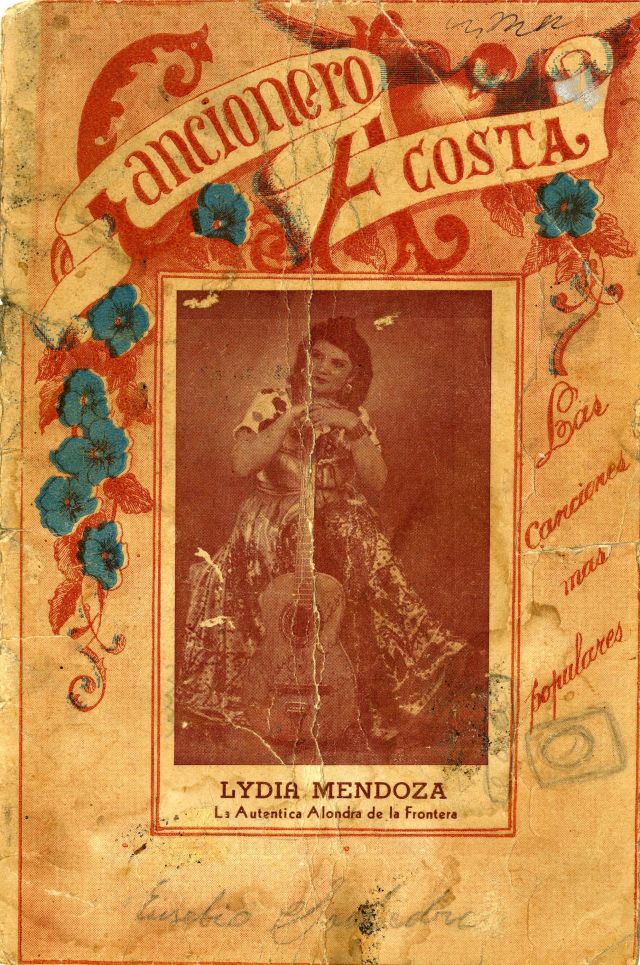
Lydia Mendoza
Some of the objects on display include costumes from the Magnolia Park Drama and Singing Group, which was active in the 1930s; entries from a family scrapbook for pianist Patricio Gutierrez, who performed with the Houston Symphony Orchestra as one of its first soloists; and a cringe-worthy 1980s Houston Chronicle article announcing the launch of Tejano radio station KQQK. Audio accompanies many of the displays.
The exhibit also represents a good portion of women from Houston’s musical history, including “Queen of the Accordion” Ventura Alonzo and Lydia Mendoza, the “First Lady of Tejano.”
The show demonstrates how oftentimes the music was a family affair. One of the most moving parts of the exhibit is a glass case containing a trumpet that belonged to Roberto Zenteno, alongside Norma Zenteno’s guitar, both of which are on loan from the family. “They told me they haven’t cleaned the case or her guitar because it still smells like her perfume,” Selley says.
In addition to the exhibit, the library has organized a number of events, including a series of bus tours that visit the former locations of ballrooms, nightclubs, record shops, and studios integral to the movement. The library is also hosting a festival and mercado on September 28 that will include musical performances, lectures from historians, and a screening of La Bamba.
Thru November 9. Free. Julia Ideson Building, 550 McKinney St. 832-393-1313. More info at houstonlibrary.org.
